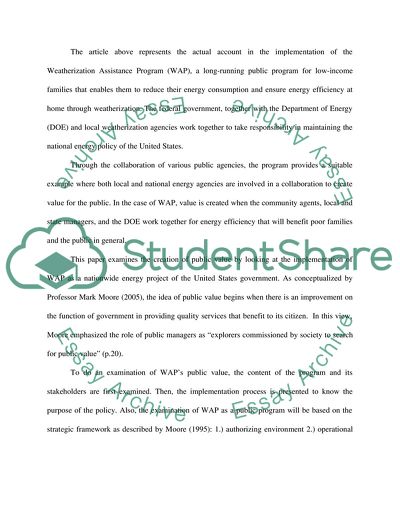Cite this document
(“Creating Public Value through the Weatherization Assistance Program Research Paper”, n.d.)
Creating Public Value through the Weatherization Assistance Program Research Paper. Retrieved from https://studentshare.org/environmental-studies/1772073-implemmentation
Creating Public Value through the Weatherization Assistance Program Research Paper. Retrieved from https://studentshare.org/environmental-studies/1772073-implemmentation
(Creating Public Value through the Weatherization Assistance Program Research Paper)
Creating Public Value through the Weatherization Assistance Program Research Paper. https://studentshare.org/environmental-studies/1772073-implemmentation.
Creating Public Value through the Weatherization Assistance Program Research Paper. https://studentshare.org/environmental-studies/1772073-implemmentation.
“Creating Public Value through the Weatherization Assistance Program Research Paper”, n.d. https://studentshare.org/environmental-studies/1772073-implemmentation.


